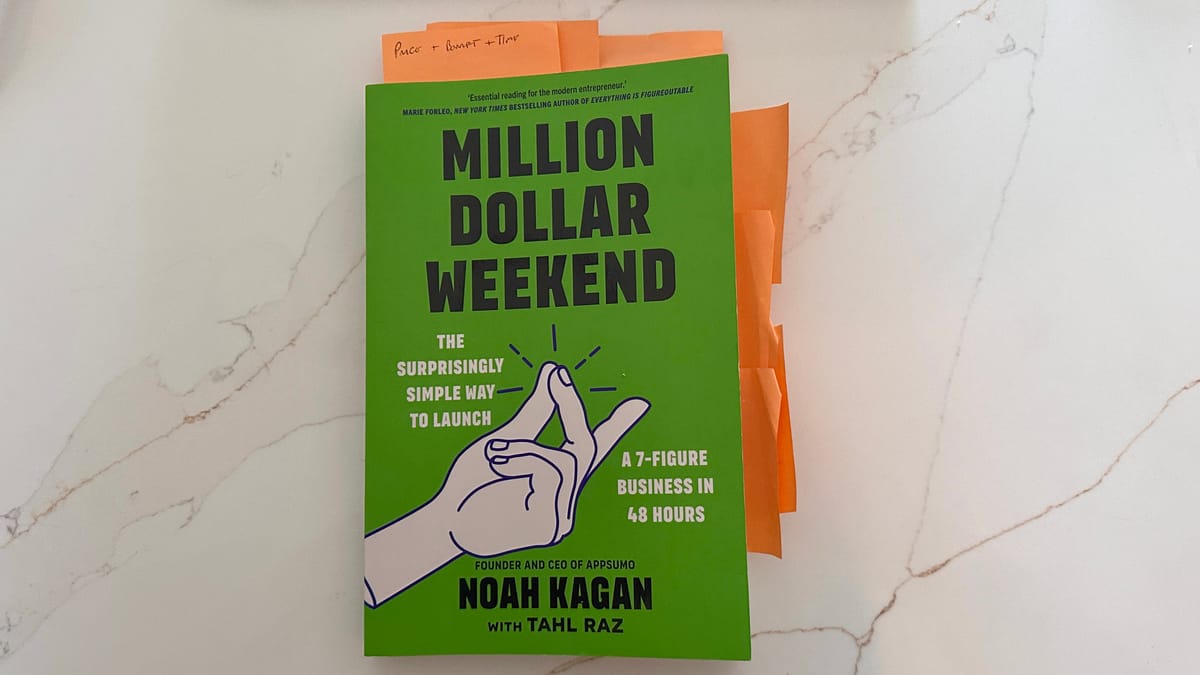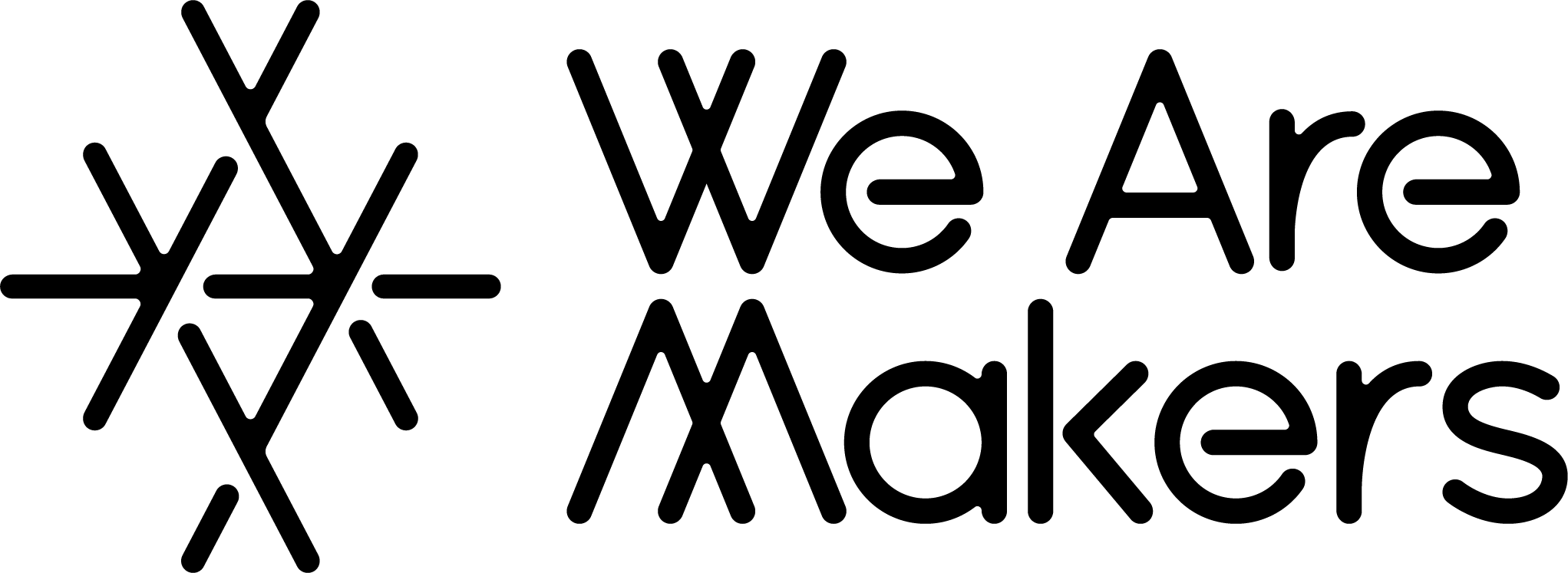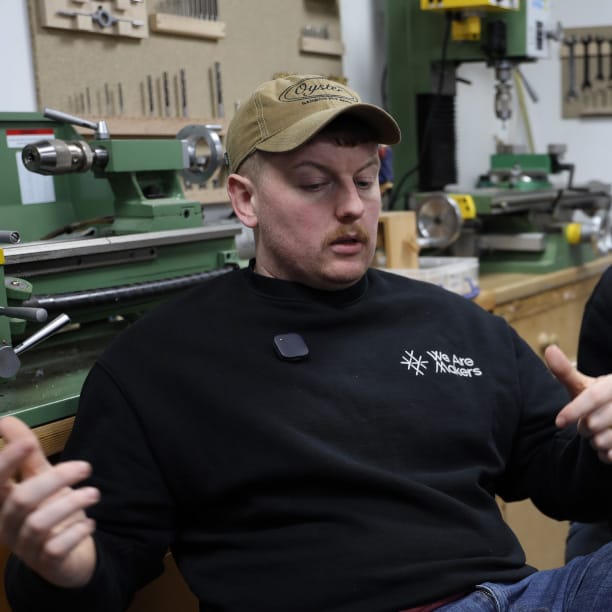Start it, Build it, Grow it.
A quick review of a book I read this week and some of the key takeaways from it. Noah Kagans Million Dollar Weekend is as practical as it is insightful and unlike many books in its niche is not a labour to read.

This section allows me to share with you something I have learned, read, or made mistakes on. Fortunately, this week we're focusing on the first two: what I've learned and read.
This book was incredibly insightful and such an easy read that I ended up buying two additional copies for friends in the same field before I even finished the first section.
Look Beyond the Title
Don't be deterred by the capitalist-sounding title. I know many makers, like us, aren't aiming to become millionaires; they simply want to live comfortably doing what they love. For me, this book is less about building a seven-figure business and more about the tactics and systems it introduces.
Noah, the author, discusses building a business that supports your lifestyle in the book—a concept I'm sure many of us can relate to.
Key Takeaways
Many of the book's key insights are presented as challenges, a format I particularly enjoy. Some are straightforward—concepts we think we know, but presenting them as challenges encourages us to go through the steps systematically. As indicated by the image above, there were numerous takeaways for me. Here, I'll only discuss the 'Build It' and 'Grow It' aspects of the book, as they were particularly resonant for us. Here are just five insights I found invaluable:
Define your unique angle
- Who are you?
- Why should people listen to you?
- What are you passionate about?
- How will you help people?
The Law of 100
You might have heard me discuss this in our newsletter or podcast. I admire this concept for its simplicity and effectiveness:
- Commit to an activity.
- Do it 100 times before you review, adjust, or quit.
Whether it's emailing galleries or posting daily on social media, stick with it for 100 iterations.
Identifying your customer
Define your ideal customer. For us, it's someone interested in making and supporting craftspeople. Being as specific as possible here is crucial for applying other strategies discussed in the book.
Making your customers happy
This challenge was excellent for focusing our efforts, something Kate and I are currently dedicating a lot of time to. Focusing also directly combats the "shiny object syndrome."
- What's your primary goal this year?
- Who exactly is your customer, and where can you find them?
- What marketing activity can you intensify?
- How can you delight your first 100 customers?
- If you had to double your business with no money in 100 days, what would you do?
Your Dream Year Checklist
Compile a list of achievements that would define your dream year. Insightfully, this list encompasses not just business goals but also work, health, personal life, and travel.
In Conclusion
There's far too much for me to convey from this book; nearly every page offered a new insight. What I especially appreciated was how accessible it was—I'm not the strongest reader, but I managed to get through it in about 5 or 6 sittings, each lasting an hour or so. Many business books aren't this approachable, often leaving you feeling out of your depth.
Books like Noah's "Million Dollar Weekend" offer invaluable lessons, and it ranks among the top three books I've read since starting our journey at We Are Makers.
If you're looking to start or grow your making, art, or craft business, I highly recommend picking up a copy!





